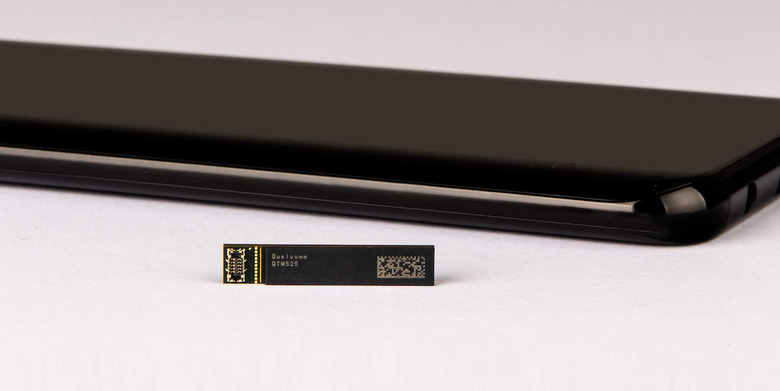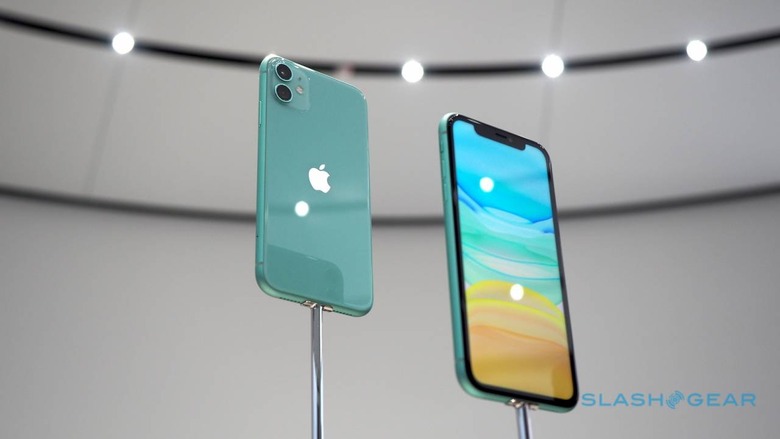Expect iPhone 12 5G Confusion Tips Ominous mmWave Report
Only one of Apple's 2020 iPhone 12 models will support both of the 5G types currently used in the US, a new report claims, potentially leaving many owners unable to tap into the fastest data rates. Expected to be announced around September or October, as the iPhone 12 series, all models of Apple's latest smartphone are believed to have 5G. However not all types of 5G are created equal.
In the US, there's a considerable difference between so-called Sub-6GHz and millimeter-wave (mmWave) 5G. The former is more ubiquitous, in part because it's longer-range and thus requires fewer base station upgrades. However Sub-6GHz is also significantly slower than mmWave 5G.
Unfortunately, mmWave is also much lower in range per base station, and thus considerably more expensive to deploy. Verizon has currently upgraded a relatively small number of urban locations with mmWave support, and as such actually finding a signal with that highest-speed 5G can be tricky. On the device-side, mmWave radio antennas are larger and thus tougher to package into a slim smartphone, and they carry a parts premium in terms of cost.

It's the size – and their appetite for power – of the millimeter-wave antennas that is giving Apple headaches, according to a source familiar with the new iPhone. As a result, only the largest of the 2020 phones – believed to be called the iPhone 12 Pro Max – will have mmWave support, Fast Company reports. That's because only the largest iPhone has the internal room to accommodate the antennas, and a large enough battery to power mmWave radios.
The smaller – and presumably more affordable – versions, believed to be the iPhone 12 Pro, the iPhone 12, and the iPhone 12 Max if Apple's current nomenclature style continues, will have Sub-6GHz 5G support only, the insider suggests. That'll be less of a hit on battery life, but also limit them to slower speeds.
Apple wouldn't be the first company to run into 5G issues of this sort. Earlier in the year, Samsung launched its Galaxy S20 family of Android smartphones with a mixture of 5G support, the smallest and cheapest Galaxy S20 going on sale initially with only Sub-6GHz support. Its larger Galaxy S20+ and Galaxy S20 Ultra siblings had both Sub-6GHz and mmWave 5G support.

Samsung rectified the omission in the months after release, with a different version of the Galaxy S20 that included mmWave 5G support for Verizon's network. Apple could take the same approach, tracking the relatively fast development of 5G hardware that has already seen mmWave antennas shrink considerably.
Still, at a time when awareness around 5G is still patchy, it's a potentially confusing issue should this all turn out to be true. Apple isn't afraid to use hardware feature inclusion to differentiate between its various tiers of device – see, for example, the iPhone 11 using an LCD panel while the iPhone 11 Pro uses OLED – but typically it uses different branding as much as possible to distinguish those variations. That could mean calling the particular type of 5G support in the iPhone 12 Pro Max "5G UW," as we've seen other handset-makers do to flag their mmWave support, or some other naming to try to position its presence in only one iPhone 12 variant as a bonus, not a drawback.
